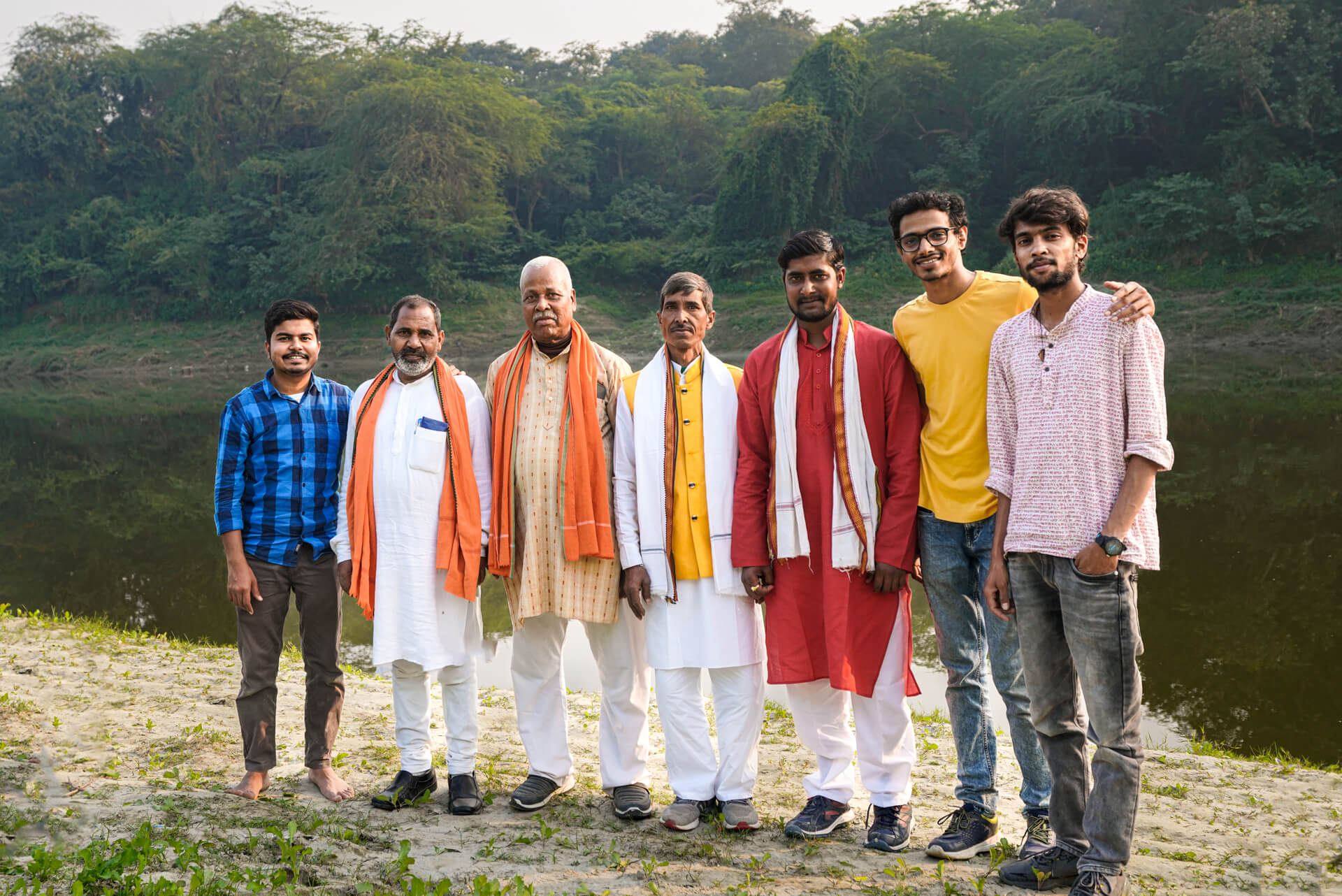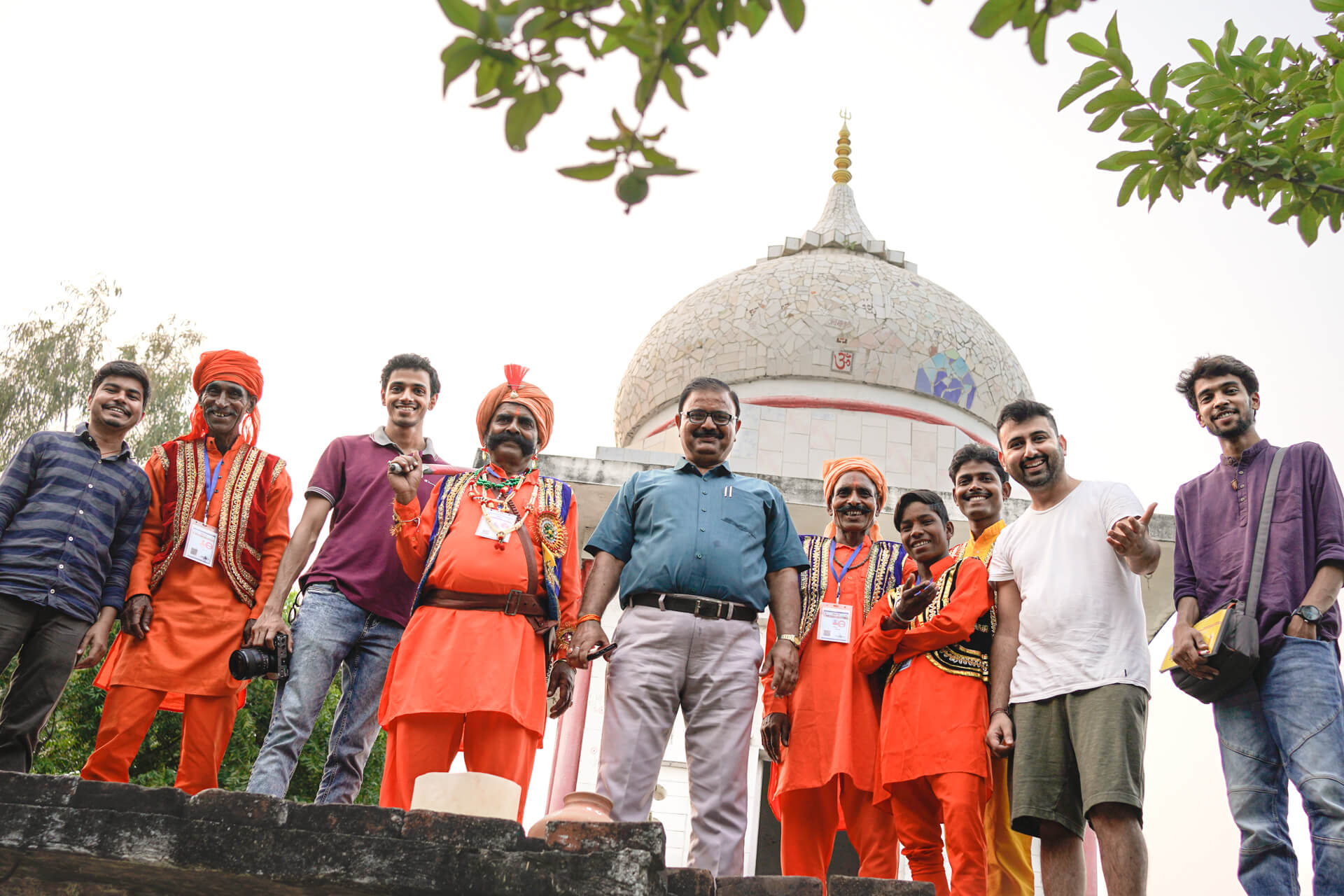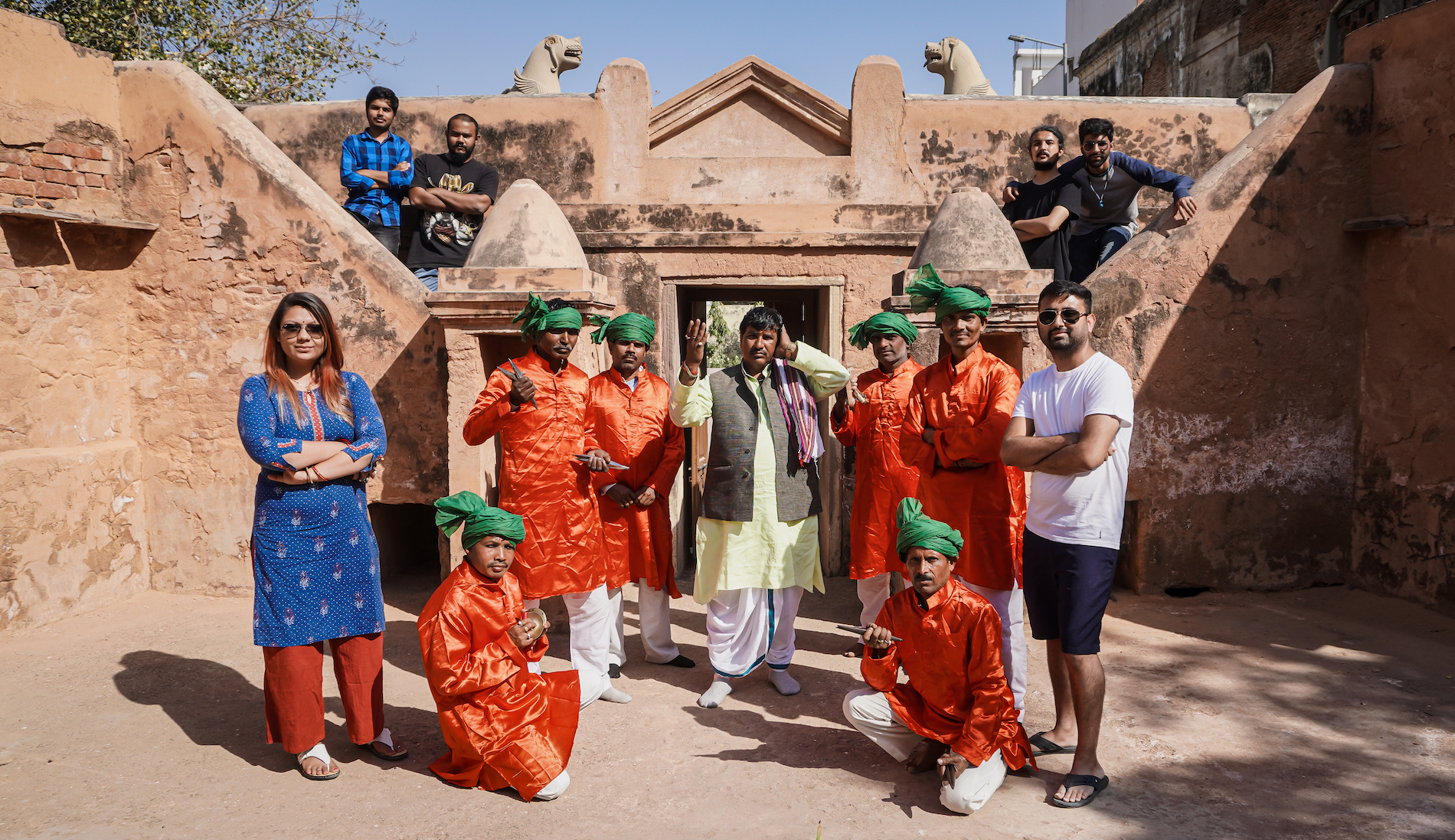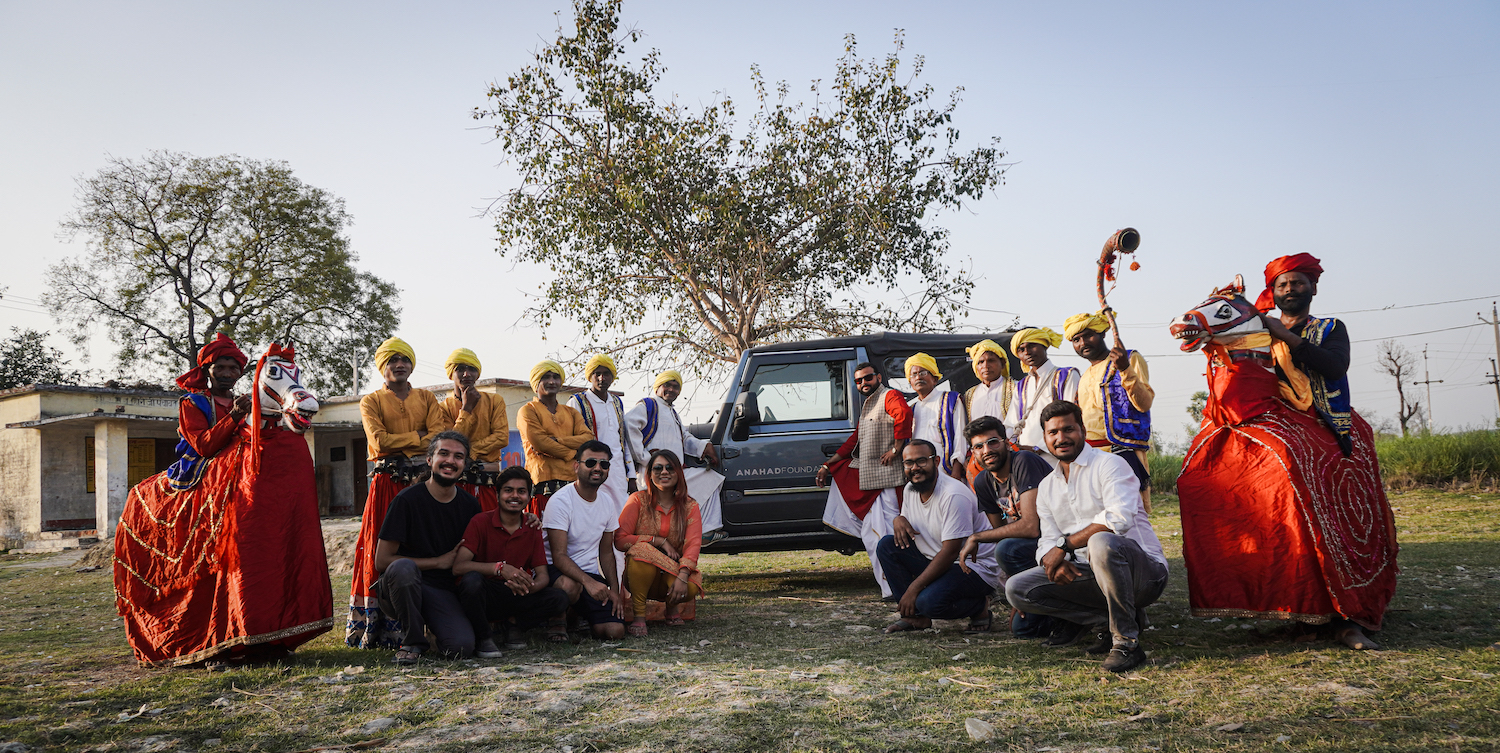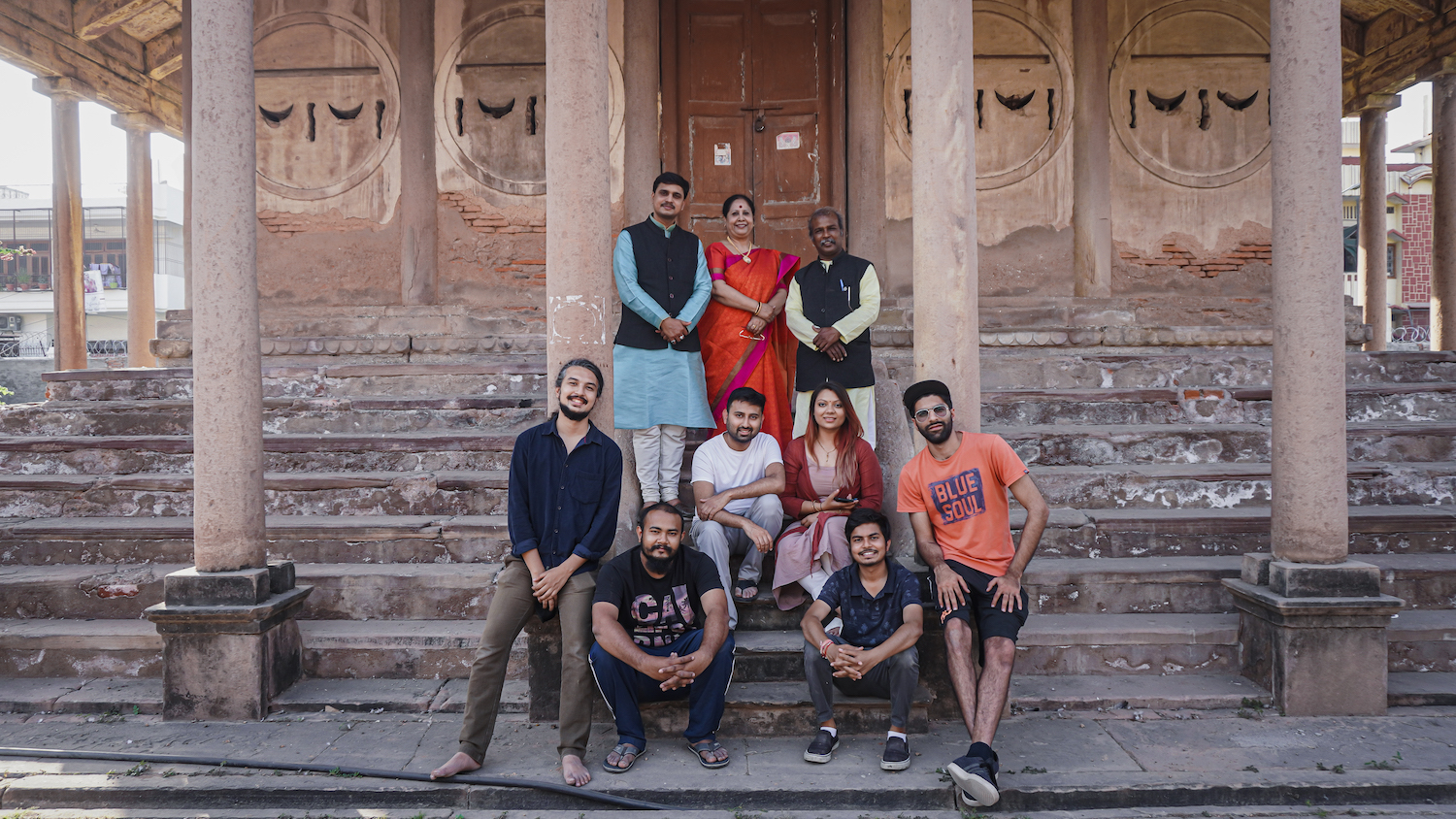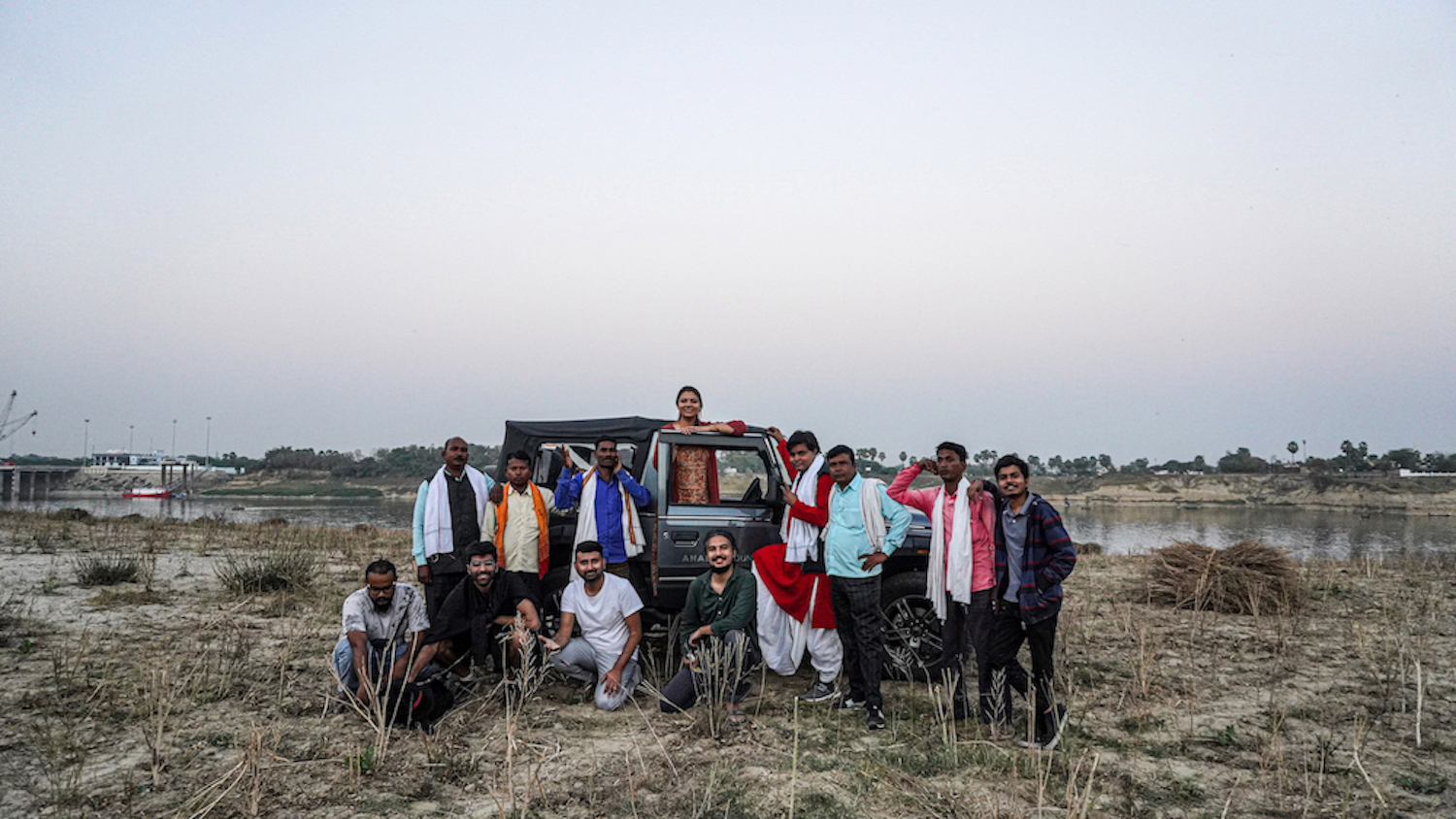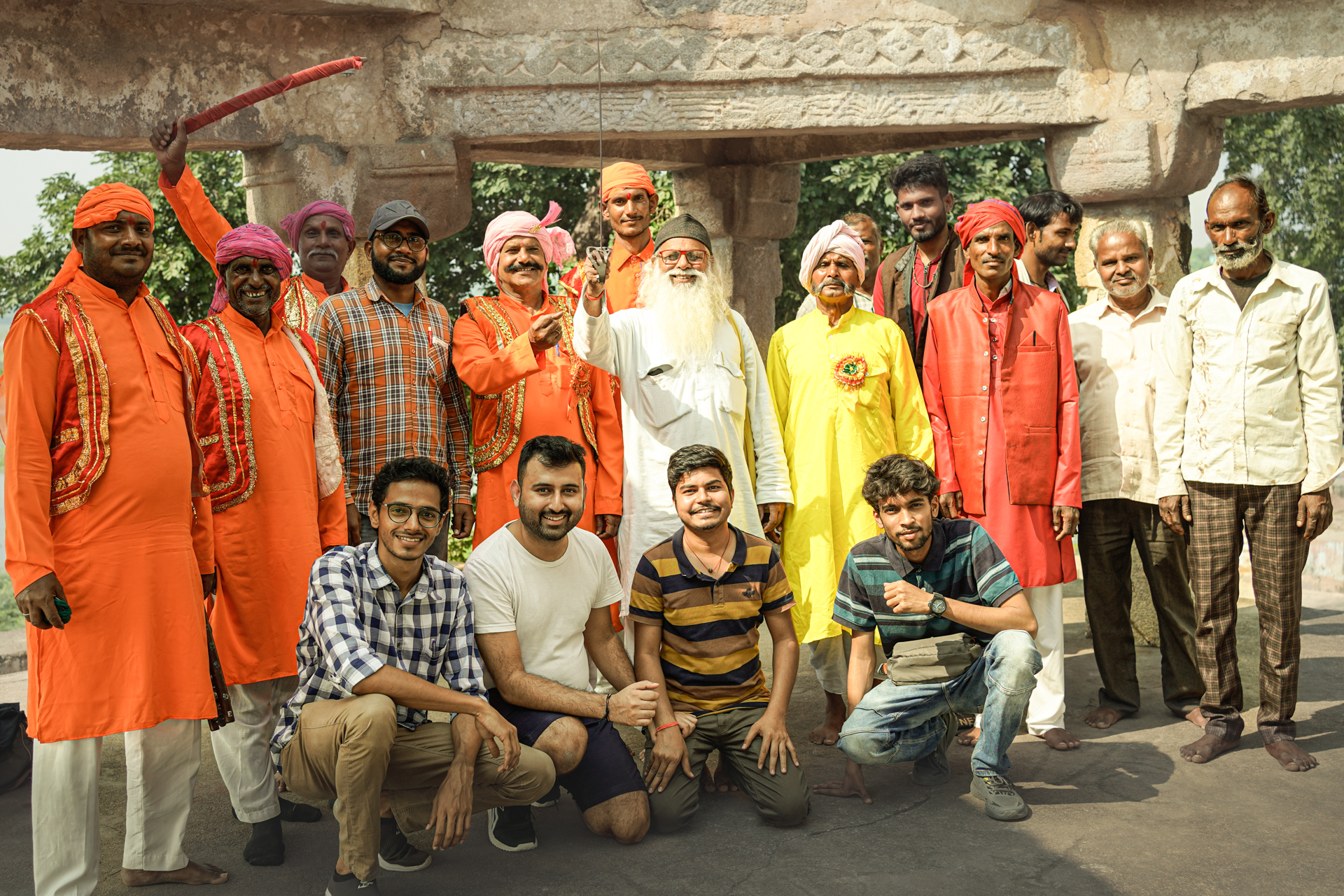
An ode to the rich cultural heritage of Bundelkhand
The glory and magnificence of Bundelkhand’s rich cultural heritage come to life in the voice of Uma Shankar.
Located in the heart of the Bundelkhand region in southern UP, close to its border with MP, Mahoba is an important historical site that was once the capital of the Chandeli kings in the medieval period. The town is splattered with temples and lakes that date back to that period, including the 9th-century Sun Temple located on the outskirts. Within the town, an annual fair takes place on the banks of an artificial lake, Keerat Sagar, that is held in memory of the battle between the Chandeli king Paramardideva (locally known as Parmal) and Prithviraj Chauhan of Ajmer in 1182 CE. Upon this battle, Bundelkhand fell to the hands of foreign rulers, eventually assimilating into the Delhi Sultanate.
On the banks of the same Keerat Sagar Lake, Uma Shankar Sen performed Aalha, a folk genre native to the Bundelkhand region. He enthusiastically shares the genre’s history and why Keerat Sagar holds such special significance for an Aalha performance. Aalha and Udhal were two legendary warriors who fought on behalf of Parmal against Prithviraj’s armies, and their strength and valour astonished the enemies. Though the king eventually lost his territory, Aalha and Udhal’s bravery persisted in public memory. It later concretised into a folklore that pays homage to the courage and pride of the Bundeli people. The Indian subcontinent has gone to be ruled by many foreigners and invaders throughout history. Every time, Bundelkhand has contributed to some of the most well-known warriors and brave people who resisted the occupation. This tradition is a direct consequence of Aalha and Udhal, according to Uma Shankar, who believes these two warriors forever bless Bundlekhand.
With a sword in his hand and its sheath in the other, he thunders in a gusty voice – “Bindhyanchal ghaati bhaaro, Betwan dhaasan bhaaro, Chambal youn Ken bhaaro, Naam hai Bundelkhand.” A fitting praise to Bundelkhand’s strategic location in Northern India, surrounded by mountains and rivers, blessed with fertile land and innumerable forts that defend the territory. He praises the various places that add to its glory – Kalinjar, Chitrakoot and Khajuraho. It’s a devbhoom and durgbhoom – one that the Gods bless and forever invincible – and the place that has given birth to many brave people (veer-veerangana).
Aalha is a blend of theatre performance and singing. It is traditionally sung by a single lead singer, with other instrumentalists joining in the chorus now and then, mostly in wah-wah and aha, to keep the tempo going. The orchestration is also relatively minimal – a Dholak, a Jhinka and two Manjhiras – all percussion instruments with no melodic instruments. Naturally, the obligation to draw and engage the audience falls entirely on the singer and the lines he sings, and Uma Shankar more than lives up to that. He uses exaggerated body language and mannerisms to convey the song’s emotions, which are so unmistakably vivid that even someone unfamiliar with the language can comprehend them. Pride, valour, magnificence, and an unending sense of awe and allure for Bundelkhand are what the performance primarily intends to convey.
Uma Shankar is a veteran singer in this genre, having over 25 years of experience. He fondly remembers his childhood in Kamal Khera, a village in the same district, where his father would often invite folk performers to their village and organise performances. This instilled in Uma Shankar a lot of interest in Alha from a very young age. His father would often explain that Aalha inspires raashtrabhaav (pride for the nation) in the hearts of the youth, and hence it is a tradition that must be continued without fail. He learnt from various teachers over the years. Chedalal Yadav, who plays the Jhinka alongside, is older than him, and Uma Shankar considers him an inspiration too.
Word spread quickly, and a group of the audience gathered around to hear Uma Shankar’s performance, and he thrived in the attention he got. Aalha is sung for hours at a stretch. Uma Shankar points out that despite its length, the audience is never tired as the story is filled with endless fantastical and mythical elements that glorify the history and the people of Bundelkhand. In his second song, he talks about how the land is blessed by the birth of so many great people. It features prominently in both the national epics – the Ramayana and the Mahabharata – and is also where Tulsidas, the great poet who wrote the Ramayana in the language of the commoners, was born.
Lakshmibai, popularly known as Jhansi ki Rani, also finds mention – “khood padi jwala mein, nahi nikari mooh se aah! Marte marte bata gayi wo des prem ki paawan raag.” Praise to Bundelkhand also means praise to the Indian nation –
“Saare sansaar beech bhaarat ek anokha desh, yahan ki prashansa karat German Japan hai.
Dyer ko fire se maara Veer Udham Singh, veeron ki khaan, ye humara Hindustan hai.”
He even praises the sword he is holding and bows to it, signifying that the sword is not a means for violence but rather an instrument of defence that has aided us in preserving our rich culture and knowledge over the years.
Although a farmer by profession, Uma Shankar considers performing Aalha his most satisfying vocation, which has gotten him a great name and fame across the country. He has even performed in Doordarshan and Akashvani, is associated with four music organisations and has trained about 35 students in the folk form. Two of his students are his sons, both of whom were present during his performance. One assisted his father in between the performances, while the other played the Manjhira. They both said that they are inspired by the respect their father has earned being a folk musician, and they want to take the tradition ahead. The other Manjhira player in the group was Yashwant Singh, the grandson of Baccha Singh, a renowned singer of Aalha, known as the Aalha Samrat of Mahoba. Everybody in the group is passionate about taking this tradition forward to innovate it, broaden its appeal beyond Bundelkhand, and see it grow as a folk genre that defines the nation’s spirit.

